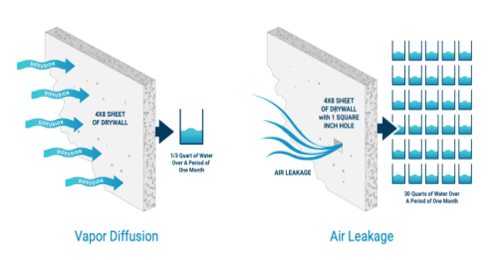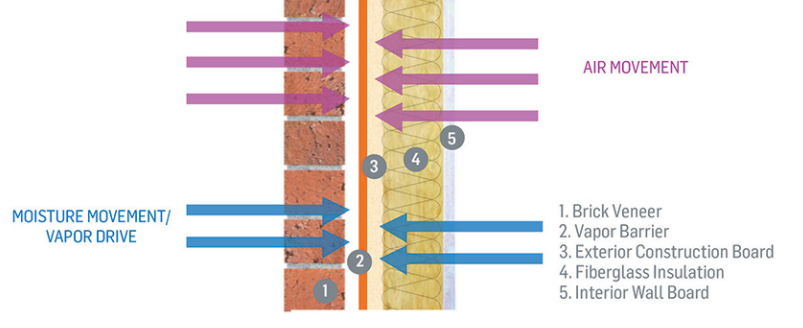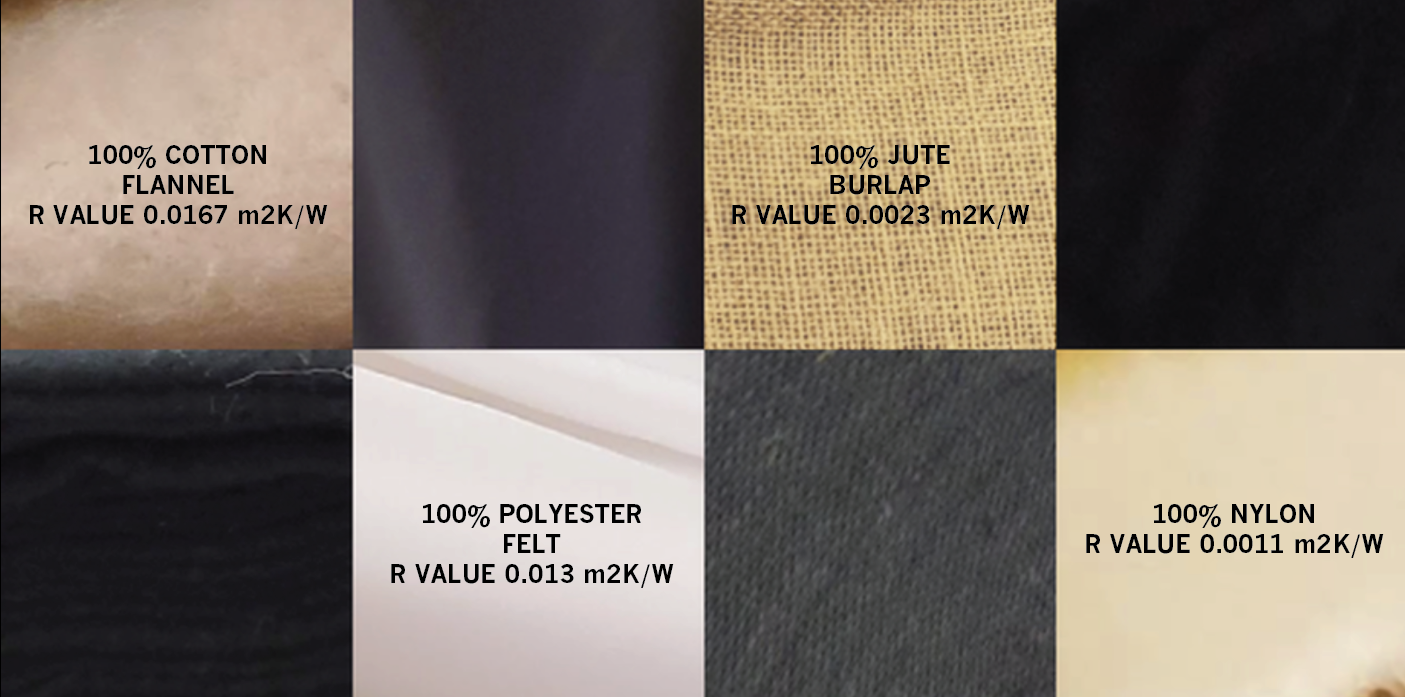Design Proposal

RESEARCH QUESTION:
How much does the permeability of construction materials differ with the amount of vapor/moisture absorption in to the building along the vertical members when the two different materials are layered along each other?
ABSTRACT:
Vapor Permeability often refers to as breathability, vapor permeability describes a materials ability to allow water vapor to pass through it. Materials that allow water vapor to pass through them are said to be permeable materials. Vapor absorptions happen from hot side to cold side so it can be identified from both outside to inside and inside to outside. A material’s permeability is measured in units called perms.
I'm indented to test and determine How much moisture can pass through the layers of barriers for 24-hour period. These tests give materials a relative rating that indicates how resistant each one is to allowing moisture vapor to pass through. Materials can be separated into four general classes based on their permeance:
- Vapor impermeable: 0.1 perms or less
- Vapor semi-impermeable: 1.0 perms or less and greater than 0.1 perm
- Vapor semi-permeable: 10 perms or less and greater than 1.0 perm
- Vapor permeable: greater than 10 perms
Materials with lower perm values are better at stopping the movement of water vapor. If the perm rating is low enough, the material is a vapor retarder. If it’s really low, it is a vapor barrier. If the perm value is greater than 10, it’s not considered a vapor retarder. It’s a permeable material. I would like to continue the study made by Viktor Pukhkal.

